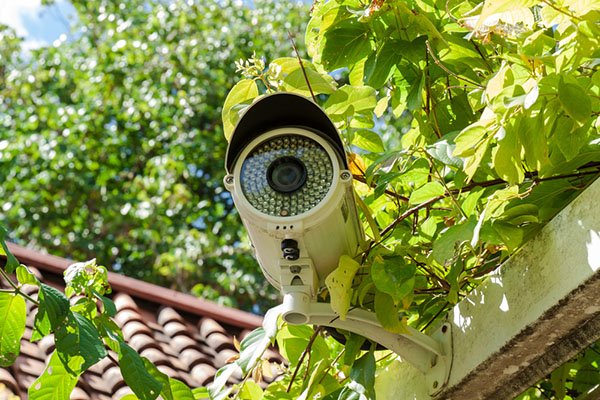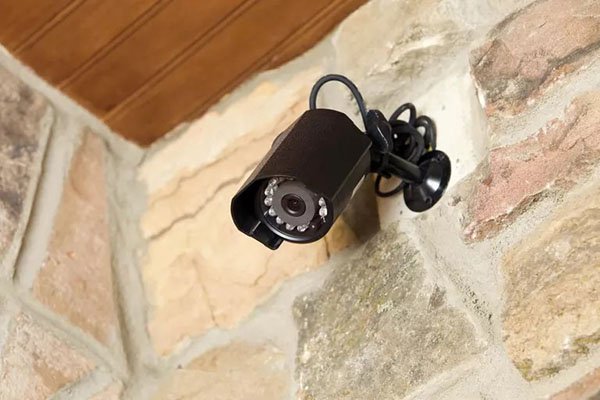How to Secure Your Network Cameras / IP Cameras
A Network Camera, or IP Camera, is a type of digital video camera that sends video images to the user via the Internet Or A Computer Network.
Network cameras (IP cameras) are often used for security and surveillance applications. Still, these security and surveillance cameras must be protected against physical theft and cyberattacks.
The Security Of Network Cameras (IP Cameras)
With a few simple steps, you can increase the security of your network or IP cameras. Hardware updates, setting passwords, changing default passwords, disconnecting the camera from the Internet, enabling encryption, and choosing the correct location to install the camera are ways to increase network camera security, as explained below.
Update the network camera’s firmware.
Update the network camera’s internal software or hardware to enhance its security. Most cameras’ built-in software or hardware can be used on today’s network. If a new security vulnerability is identified, the camera manufacturer will often release the patch as a new software version so users can download it from the company’s website. A web browser usually updates the network camera hardware from the admin console.
It is a good idea to check the camera’s website occasionally to see if your camera’s hardware has been updated. Updating the network camera software reduces the risk of successful hacking.

Keep the network camera local.
Do not connect the camera to the Internet if you do not want to capture images from the Internet.
If privacy is your priority, keep your camera in your local network and assign non-routable IP addresses (such as 192.168.0.5 or something similar).
But even if the network camera’s IP addresses are non-routable, the camera may still appear on the Internet through its software (and a feature called port forwarding) or using a set of UPnP protocols. Visit your camera manufacturer’s website to learn how to set up your camera in local-only mode.
Set a password for the network camera.
Another effective way to enhance a network camera’s security is to set a password. The password protection option is not enabled by default on many network cameras, and some users also forget to allow it after initial setup. As a result, the camera remains defenseless against any other potential user.
Most network cameras have basic authentication that may not work, but it’s better than nothing. Protect your camera images with a strong username and password, and change your password periodically.
Change the default admin account and define a new password.
Change the network camera’s default username and password to increase its security. The network camera company has set a default name and password for your camera.
However, this default username and password can usually be found by going to the support section of the camera model on the manufacturer’s website (and even Google).
If you have not yet changed your username and password, even novice hackers can find the camera’s default username and password and access or control your camera’s images.
Turn on WPA2 encryption. If your network camera is wireless
If your network camera is wireless, you must connect it to a WPA2-encrypted wireless network so that those listening to wireless networks cannot connect to your camera and access its videos and images.
Do not install the network camera in the wrong place.

If you do not want strangers to notice the network camera, do not install it in a place where everyone can see it. Even if you think your network cameras are safe in every way, know that intruders always find new ways to blind the cameras (in ways like zero-day attacks); Ways, the camera company, has not yet figured out.
The camera, whose job is to increase security and surveillance, must also be physically relatively safe.
FAQ
Why change default credentials on IP cameras?
Default usernames and passwords are widely known — changing them to complex, unique passwords prevents unauthorized access.
What type of network setup improves camera security?
Put cameras on a separate Wi‑Fi network or VLAN apart from your main devices to isolate them and reduce risk if one is compromised.
Why should firmware and encryption be used on cameras?
Updating firmware patches vulnerabilities; encryption like HTTPS or SSL/TLS protects video streams and credentials from being intercepted.
